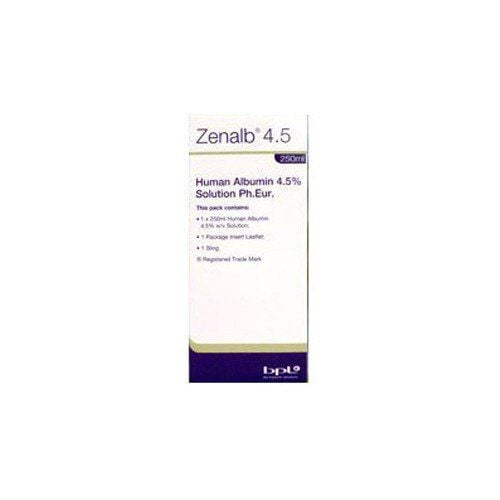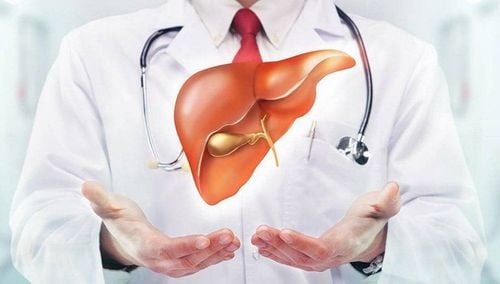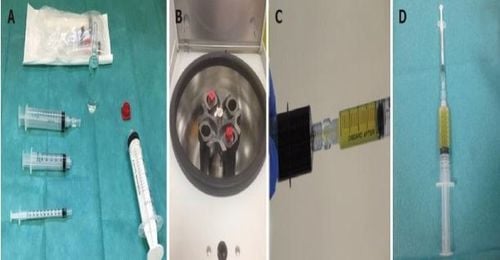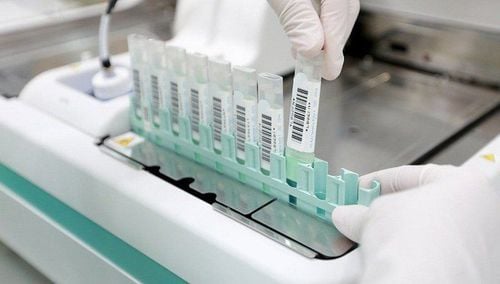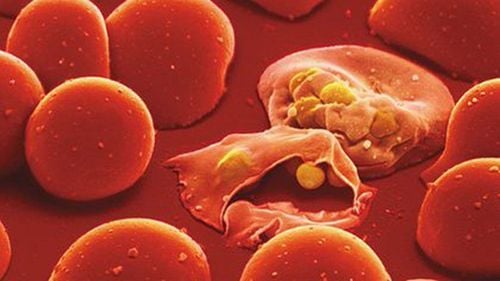This is an automatically translated article.
The article was written by BS. Tran Thi Huyen Trang, Laboratory Department, Vinmec Times City International General HospitalRBC rupture in the body is the result of biochemical, immunological, physiological or chemical mechanisms. Blood samples with broken red blood cells have a great influence on test results such as spectral noise, chemical noise.
1. What is RBC rupture?
RBC rupture (hemolysis) is defined as the release of the contents of red blood cells and other blood cells into the plasma. The release of hemoglobin causes serum or plasma to appear pale red to cherry red.
2. Causes of hemolysis
Hemolysis in the body is the result of biochemical, immunological, physiological or chemical mechanisms. Hemolysis can be intravascular and extravascular. Intravascular hemolysis is rare and usually results from a transfusion reaction or hemolytic anemia. Extravascular hemolysis is quite common and occurs during improper venipuncture, handling, transport, and storage techniques that cause pre-examination errors.
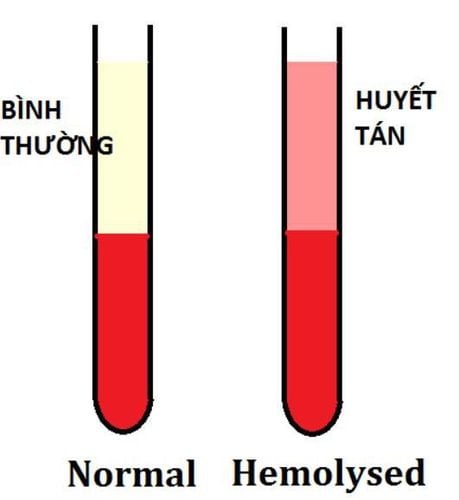
Hình ảnh phân biệt máu vỡ hồng cầu (huyết tán)
3. Mechanisms affecting test results
Release of components of blood cells into plasma or serum. Some cellular components have a concentration 10 times higher in the cell than extracellular, hemolysis in serum/plasma leads to increased concentrations of these components (e.g. Potassium, Aspartate aminotransferase, lactate dehydrogenase...) . Spectral/colorimetric interference by hemoglobin: Hemoglobin absorbs light very strongly at 415 nm so it can cause interference in some assays where absorbance is measured at wavelengths close to maximum absorbance of oxyhemoglobin (410, 540, 580 nm). Chemical interference: Blood cell components can interfere directly or indirectly with the measurement of analytes. Adenylate kinase released from erythrocytes can cause elevation of creatine kinase and elevation of CK-MB. Free hemoglobin with peroxidase pseudo-activity inhibits diazonium coloration. Cellular-released proteases reduce the activity of coagulation factors and increase the formation of fibrinolysis products. Hemoglobin may cause interference by reacting with one or more components of the reagent. Common blood chemistry tests affected by hemolysis
| Tăng | Giảm |
| Kali | Troponin T |
| Lactate Dehydrogenase (LDH) | Haptoglobin |
| SGOT / AST | Bilirubin |
| SGPT/ ALT | Amylase |
| Creatine Kinase (CK) | |
| Sắt | |
| Phospho | |
| Protein TP | |
| Albumin | |
| Magiê | |
| Canxi | |
| Alkaline Phosphatase (ALP) |
Vinmec International General Hospital is a high-quality medical facility in Vietnam with a team of highly qualified medical professionals, well-trained, domestic and foreign, and experienced.
A system of modern and advanced medical equipment, possessing many of the best machines in the world, helping to detect many difficult and dangerous diseases in a short time, supporting the diagnosis and treatment of doctors the most effective. The hospital space is designed according to 5-star hotel standards, giving patients comfort, friendliness and peace of mind.

Hệ thống máy xét nghiệm hiện đại tại Vinmec, cho ra những kết quả xét nghiệm chính xác cao
Please dial HOTLINE for more information or register for an appointment HERE. Download MyVinmec app to make appointments faster and to manage your bookings easily.




